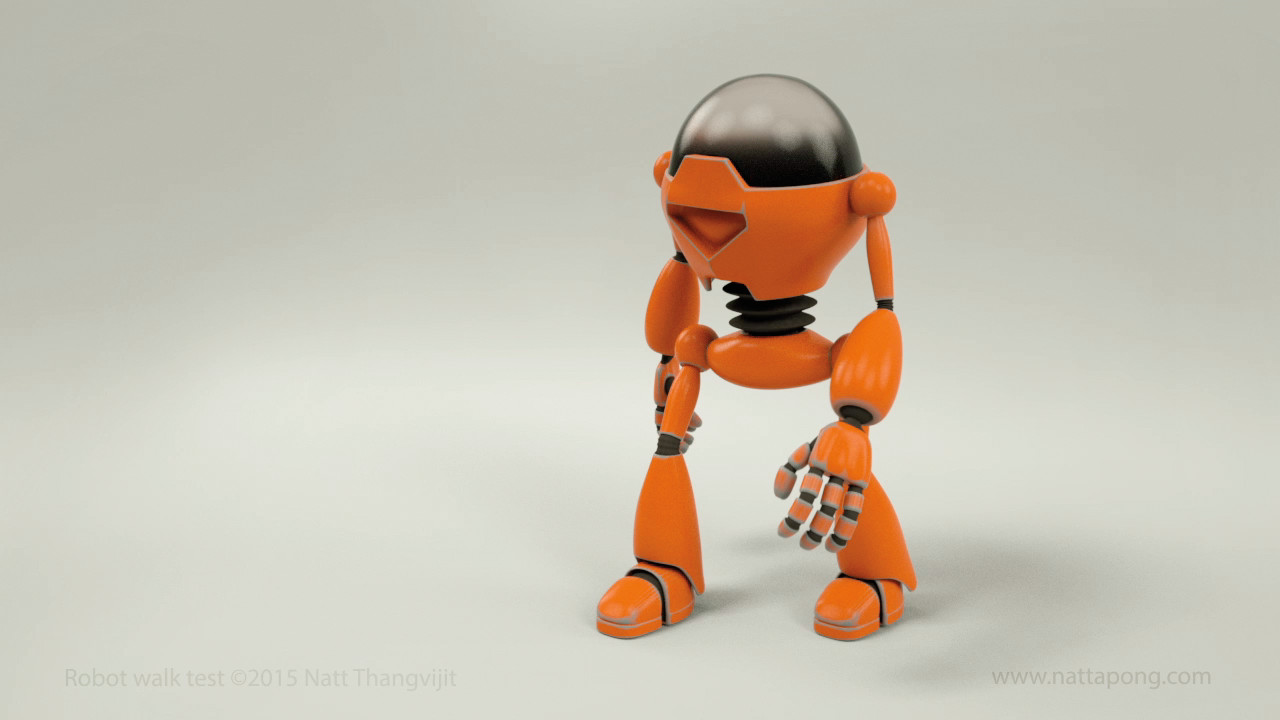Introduction: The Rise of Robotics in Modern Society
Robots Dot to Dot: The Journey of Nattapong, In the early 21st century, the field of robotics experienced a revolutionary transformation. Robotics, once confined to science fiction, began to permeate every aspect of human life, from industry and healthcare to education and entertainment. Central to this transformation were visionaries and innovators who pushed the boundaries of what robots could achieve. Among these pioneers, Nattapong emerged as a prominent figure, whose contributions significantly influenced the development and integration of robotics into daily life.
Early Life and Inspirations
Nattapong’s journey into the world of robotics began in his childhood. Growing up in a technologically vibrant environment, he was fascinated by the mechanics of machines and the potential of artificial intelligence. His early exposure to computers and electronic gadgets sparked a curiosity that would eventually shape his career. Encouraged by supportive parents and teachers, Nattapong pursued his interests with zeal, participating in science fairs and robotics competitions during his school years.
Academic Pursuits and Early Innovations
Nattapong’s formal education laid the foundation for his future achievements. He excelled in mathematics and computer science, subjects that are fundamental to robotics. His undergraduate studies focused on electrical engineering and computer programming, where he honed his skills in designing and building robots. During this time, Nattapong developed several innovative projects, including a robotic arm capable of intricate movements and a small autonomous vehicle.
His academic journey continued with advanced studies in robotics and artificial intelligence. Nattapong’s research work contributed to several groundbreaking developments in the field, such as algorithms for machine learning and sensor integration. His ability to blend theoretical knowledge with practical application set him apart from his peers and caught the attention of leading tech companies and research institutions.
The Dot to Dot Project: Concept and Development
The idea for the “Dot to Dot” project came to Nattapong during his postgraduate studies. He envisioned a system where robots could connect seamlessly, working together in a coordinated manner to achieve complex tasks. Inspired by the concept of dot-to-dot puzzles, where individual dots form a coherent image when connected, Nattapong’s project aimed to create a network of robots that could operate autonomously yet collaboratively.
The development of the Dot to Dot project required integrating several advanced technologies, including machine learning, wireless communication, and real-time data processing. Nattapong and his team worked tirelessly to create a robust framework that allowed robots to communicate and share information efficiently. This networked approach enabled the robots to adapt to dynamic environments, making them suitable for a wide range of applications.
Practical Applications and Impact
The Dot to Dot project’s potential applications were vast, ranging from industrial automation to disaster response. In manufacturing, the interconnected robots could streamline production processes, reduce downtime, and increase efficiency. For instance, in an automotive assembly line, robots equipped with the Dot to Dot technology could work in perfect synchronization, assembling vehicles with unprecedented precision and speed.
In disaster response scenarios, the Dot to Dot robots could be deployed to navigate hazardous environments, locate survivors, and deliver essential supplies. Their ability to communicate and coordinate in real-time made them invaluable assets in search and rescue operations, where time is of the essence. Nattapong’s project demonstrated how robotics could enhance human capabilities and provide critical support in emergency situations.
Challenges and Breakthroughs
The journey to realizing the Dot to Dot project was not without challenges. Nattapong and his team faced numerous technical and logistical obstacles. One of the primary challenges was ensuring reliable communication between robots in varying conditions. Interference, signal degradation, and latency issues had to be meticulously addressed to maintain seamless operation.
To overcome these challenges, Nattapong collaborated with experts in wireless communication and network engineering. They developed sophisticated algorithms that optimized data transmission and reduced latency. Additionally, they incorporated redundancy mechanisms to ensure that the network remained functional even if some robots encountered technical issues.
Another significant challenge was the development of robust machine learning models that could handle the complexity of real-world environments. Nattapong’s team employed cutting-edge techniques in artificial intelligence, including deep learning and reinforcement learning, to train the robots to recognize patterns, make decisions, and adapt to changing conditions. These advancements were critical in enabling the robots to operate autonomously and effectively.
Ethical Considerations and Social Impact
As with any technological innovation, the Dot to Dot project raised important ethical considerations. Nattapong was acutely aware of the potential implications of widespread robotic deployment. He advocated for responsible development and use of robotics, emphasizing the importance of addressing ethical concerns such as privacy, security, and job displacement.
To mitigate the risk of job displacement, Nattapong proposed the integration of robots in ways that complemented human workers rather than replacing them. He envisioned a future where robots handled repetitive and dangerous tasks, allowing humans to focus on more creative and strategic roles. This approach aimed to enhance productivity and job satisfaction while ensuring a balanced and inclusive workforce.
Nattapong also emphasized the need for robust security measures to protect against potential misuse of robotics technology. He advocated for stringent regulations and industry standards to prevent unauthorized access and ensure the safe operation of robotic systems. By addressing these ethical considerations, Nattapong aimed to foster a responsible and sustainable integration of robotics into society.
The Future of Robotics: Nattapong’s Vision
Looking ahead, Nattapong’s vision for the future of robotics is both ambitious and inspiring. He envisions a world where robots are seamlessly integrated into everyday life, enhancing human capabilities and improving quality of life. In healthcare, robots could assist in surgery, provide companionship to the elderly, and support rehabilitation efforts. In education, they could offer personalized learning experiences and assist teachers in managing classrooms.
Nattapong also sees potential for robotics in environmental conservation. Autonomous robots could monitor and protect ecosystems, track wildlife populations, and assist in cleaning up pollution. By leveraging the power of robotics, society can address some of the most pressing global challenges and create a more sustainable and equitable future.
Conclusion: The Legacy of Nattapong
Nattapong’s contributions to the field of robotics have left an indelible mark on the industry. His innovative Dot to Dot project exemplifies the transformative potential of robotics when combined with visionary thinking and ethical considerations. Through his work, Nattapong has demonstrated how technology can be harnessed to enhance human capabilities, address critical challenges, and create a better future for all.
As robotics continues to evolve, Nattapong’s legacy will undoubtedly inspire future generations of innovators and researchers. His journey serves as a testament to the power of curiosity, perseverance, and a commitment to making a positive impact on the world. The story of Nattapong and his Dot to Dot project is a shining example of how technology, when guided by ethical principles and a vision for the greater good, can drive meaningful progress and create a brighter future for humanity.

